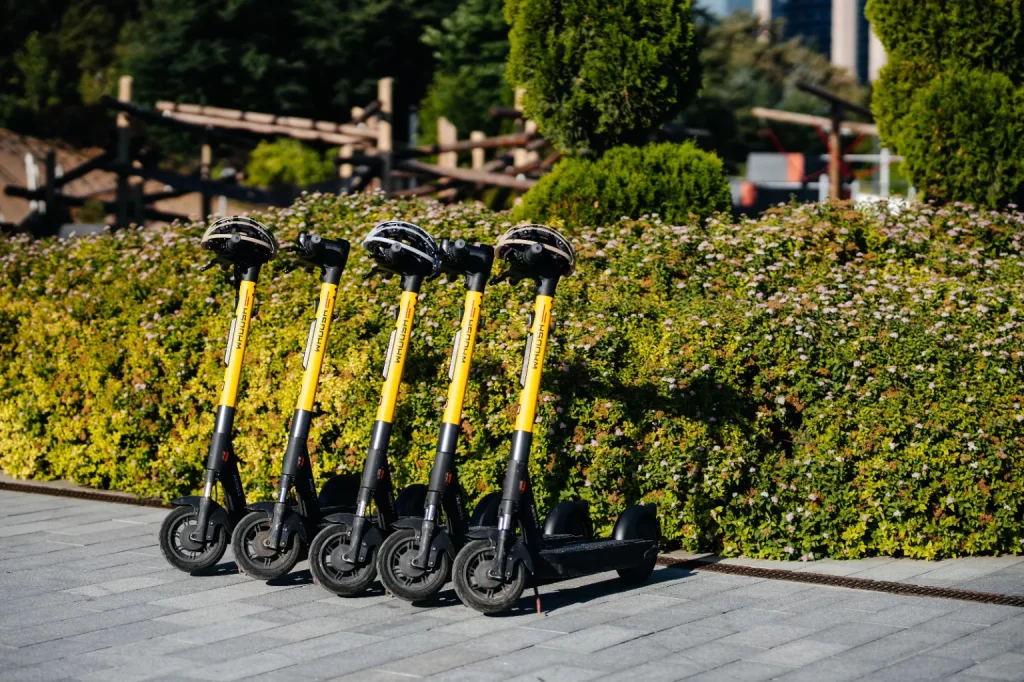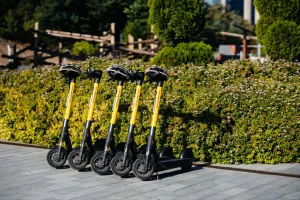Whoosh recently began operations in the municipality of San Miguel, in the heart of the Metropolitan Region, marking a strategic step in its expansion within Greater Santiago.
With the deployment of an initial fleet of 200 electric scooters and the creation of 150 designated parking spaces, the company seeks to guarantee an orderly and accessible service for residents.
The goal is clear: to reach 500 devices in circulation in the coming months, consolidating San Miguel as an emerging hub for urban micromobility.
You may also be interested in: Voltway Drives the Conversion of Gas Stations into Electric Charging Centers in Mexico
New Strategic Point for Micromobility
The project is no small feat when you consider that San Miguel has a high population density and a heavy reliance on public transportation, especially the Metro.
By integrating electric scooters into residents’ routines, Whoosh aims to solve the “last mile” of travel, connecting residential neighborhoods with metro stations and major roadways.
This not only alleviates traffic congestion, but also offers a practical and sustainable alternative to car use for short trips.

Temuco: A Success Story
Beyond the capital, the results obtained in Temuco during 2025 reinforce Whoosh‘s potential in medium-sized cities across the country.
In its first full year of operations, the company reported 844,000 kilometers traveled and 474,725 paid trips through its fleet of electric scooters and bicycles.
These figures reveal a high level of acceptance in a city with a population of around 300,000, making micromobility a real complement to urban mobility.
The average daily use in Temuco is estimated at around 1,300 trips per day, which shows active user adoption of this type of transportation.
In addition, the recorded incident rate, less than 0.05% per trip, is one of the lowest in the sector, confirming that safety has been one of the differentiating factors in Whoosh’s strategy.
Comparison of Trends
Whoosh‘s experience in Chile reflects two complementary realities. In Santiago, the focus is on massification and organization of the service in high-density neighborhoods such as San Miguel, Ñuñoa, and Providencia, where the main challenge is integration with public transportation and urban space management.
In Temuco, on the other hand, the key has been to demonstrate that micromobility is viable even in smaller cities, where distances are shorter and the young population, the main users of the service, play a central role.
Both cases, however, point to the same phenomenon: micromobility is no longer a niche alternative, but a consolidated trend that is positioning itself as a key part of urban mobility in Chile.
In fact, while in Santiago the priority is to grow in an orderly manner, in other regions the challenge is to expand coverage to neighboring communities and create shared mobility corridors that connect different parts of the city.
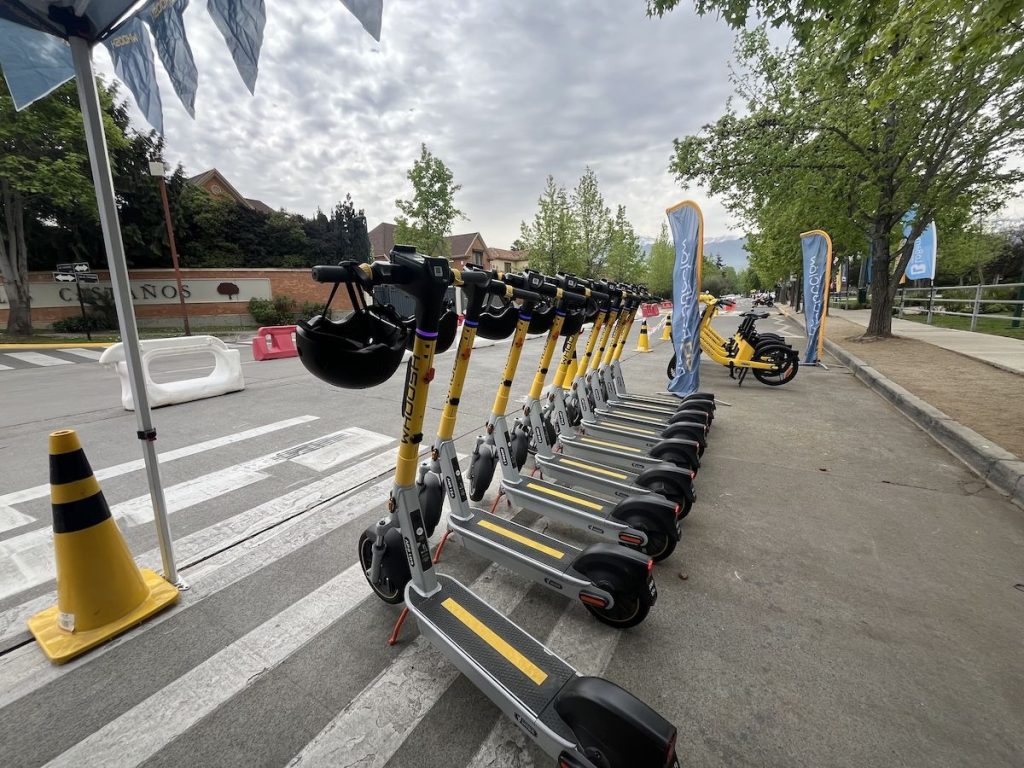
Projections and Expansion Plans
Whoosh‘s plans in Chile do not stop at San Miguel or Temuco. According to estimates, the company could close 2025 with a fleet of more than 8,000 active devices throughout the country, including scooters and electric bicycles.
In addition to expanding into other districts of Santiago, the company is considering the possibility of entering new medium-sized cities, replicating the successful model of Temuco in locations such as La Serena, Antofagasta, or Valdivia.
The growth strategy includes not only increasing the number of vehicles, but also incorporating smart management technology, with georeferencing systems that allow for the definition of areas of use, safe parking, and reduced speed zones.
In this way, the company ensures that growth is carried out under parameters of safety, sustainability, and urban regulation.
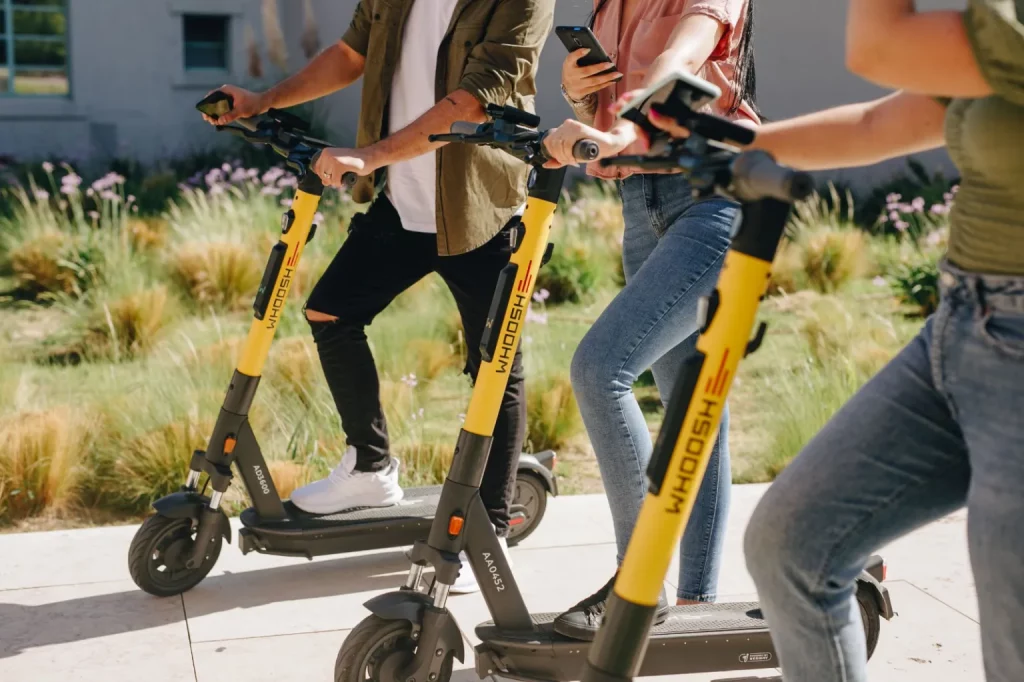
Safety as a Pillar of Expansion
The recent announcement by the Ministry of Transport and Telecommunications (MTT) regarding the implementation of a pilot plan to monitor the speed of electric scooters using the SC-25 device, which limits the maximum speed to 25 km/h, was immediately welcomed by Whoosh.
The company confirmed that its fleet already complies with current regulations and that it also applies reduced speed zones in specific areas, such as downtown Concepción, where pedestrian density requires greater safety measures.
Commitment to regulation has been one of the hallmarks of the company in Chile. Whoosh operates a real-time monitoring system for its vehicles, which allows it to detect misuse, supervise operations, and reinforce safety conditions.
By aligning itself with the authorities, the company not only seeks to comply with regulations but also to build trust among users, municipalities, and communities that integrate micromobility into their daily lives.
A Path Toward National Consolidation
The combination of territorial expansion, regional consolidation, and active support for regulations places Whoosh in a privileged position within the Chilean micromobility market.
San Miguel represents progress in the Metropolitan Region, Temuco confirms viability in medium-sized cities, and adherence to safety regulations reinforces its reputation as a reliable and responsible operator.
With growth projections pointing to thousands of devices in operation and increasing acceptance by the public, Whoosh is emerging as a key player in the transformation of urban transport in Chile, contributing to a more efficient, sustainable, and safe mobility model.
Latam Mobility Cono Sur 2025 is Coming Soon
Whoosh will be one of the partners of Latam Mobility Cono Sur 2025, to be held on August 26 and 27 in Santiago, which is presented as the ideal platform to advance sustainable mobility in the southern part of the continent.
The summit will bring together government authorities, executives from leading companies, investors, and international experts to chart the course for sustainable mobility in the region.
For more information on how to participate in Latam Mobility Cono Sur 2025 and positioning options, please write to info@investinlatam.org.
Contact is also available via WhatsApp, and tickets can be purchased by clicking here.

